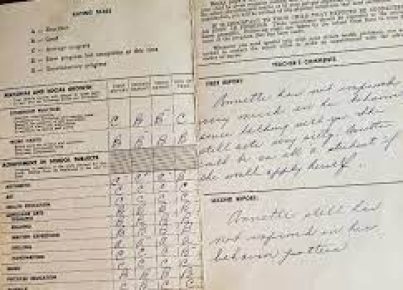Computer-adaptive tests are a type of assessment where the rigor or questions are adjusted based on the learner’s response. For instance, if the learner answers correctly, the next question will be harder; if a learner answers incorrectly, the next question will be easier. The assessment adapts to accommodate the test takers’ skill level.
This customization provides an accurate assessment of a learner’s present level of educational functioning. The learning potential is endless because the best computer-adapted tests pull from a large pool of test items designed to assess and improve a learner’s knowledge of a particular subject or skill.
How they work
Computer-adaptive tests are designed to alter their difficulty level—based on the responses provided—to match a test taker’s knowledge and skill. If a learner gives a wrong answer, the computer follows up with an easier question; if the learner answers correctly, the next question will be more challenging.
Considered to be on the cutting edge of assessment tech, computer-adaptive tests represent an attempt to measure personal learners’ capabilities more precisely while avoiding some of the issues often associated with the “one-size-fits-all” nature of standardized tests.
For learners, computer-adaptive testing offers a shorter testing session with a smaller number of questions since only those questions considered appropriate for the learner are offered. Best developers have to create a larger pool of test items so that testing systems have enough questions to match all learners’ varied capabilities taking the exam.
The most current types of computer-adaptive testing are usually administered online. Because the scoring is computerized, educators and learners can test results more quickly than with paper-and-pencil tests.
Computer-adaptive tests can be used for a broad variety of purposes, including large-scale, high-stakes testing; formative assessment, which provides educators with in-process feedback on learner learning that they can utilize to modify teaching strategies; and summative assessment, which educators utilize to decide what learners have learned at the end of a unit, term, or year. They are also used to find learners who may need specialized educational support in a specific skill or subject area, such as reading, writing, or math.
Because computer-adaptive testing systems select questions intended to be challenging for each learner, most learners will get about half the questions right and half wrong, so a score based on the total number or percentage of correct responses will be meaningless.
Computer-adaptive scoring is based on the number of correct answers provided and the difficulty of the items finished. Before the tests are administered to learners, test questions are usually field-tested with representative samples of learners to calibrate difficulty levels.





